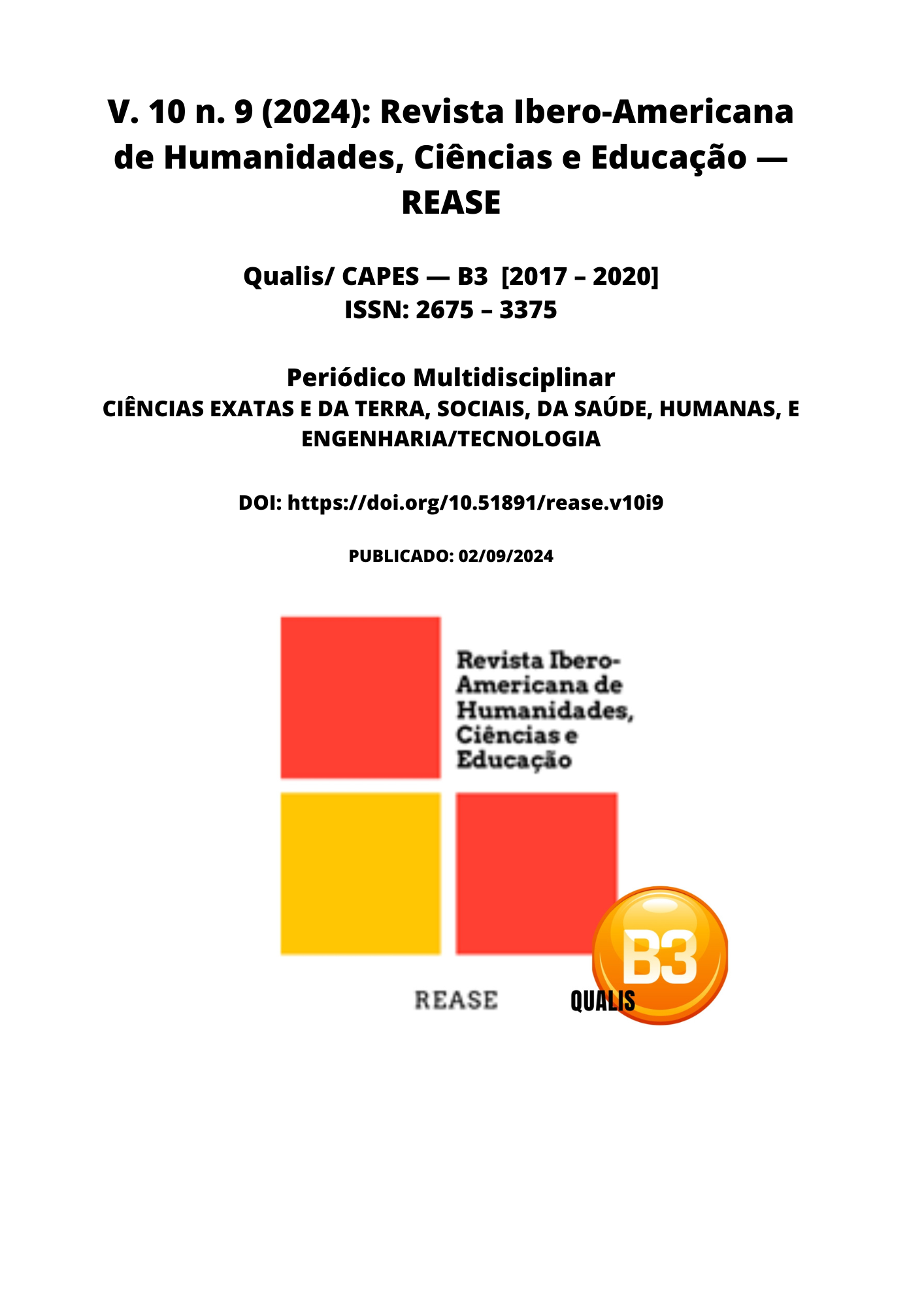COMPLICATIONS AND POSTOPERATIVE MANAGEMENT IN BLEPHAROPLASTY
DOI:
https://doi.org/10.51891/rease.v10i9.15523Keywords:
Complications. Management. Postoperative. Blepharoplasty.Abstract
Introduction: Blepharoplasty, one of the most common cosmetic surgeries performed today, involves the removal of excess skin, fat, and occasionally muscle from the upper and lower eyelids to improve the appearance of the eyes and rejuvenate the periorbital region. Although largely safe, blepharoplasty is associated with a number of postoperative complications, including infections, abnormal scars, asymmetries, ocular discomfort, and visual alterations. These complications, although rare, can significantly compromise the aesthetic and functional results of the surgery, becoming a challenge for both the surgeon and the patient. Correct management of these complications is therefore essential to ensure a satisfactory outcome, which requires an in-depth understanding of the risk factors, management techniques, and available therapeutic approaches. Objective: The aim of this systematic literature review was to analyze and synthesize the available scientific evidence on complications and postoperative management in blepharoplasty, in order to provide practical guidelines to optimize surgical results and reduce the incidence of complications. Methodology: The methodology followed the PRISMA checklist guidelines, using the PubMed, Scielo and Web of Science databases to collect articles published in the last 10 years. The descriptors used included "blepharoplasty", "postoperative complications", "wound healing", "postoperative management" and "ocular infections". Inclusion criteria included studies that addressed specific complications of blepharoplasty, articles published in peer-reviewed journals and studies conducted in humans. Duplicate articles, studies with less than 10 patients and reviews that did not present original data were excluded. Results: The results of this review indicated that the most frequent complications included anomalous healing, ocular discomfort and dry eye, and infections. Evidence suggested that early intervention and appropriate management are crucial to minimize the negative impacts of these complications. Techniques such as the use of lubricating eye drops, topical corticosteroids, and close monitoring for signs of infection were highlighted as effective strategies. Conclusion: The review demonstrated that, although blepharoplasty is a safe procedure, long-term success depends on careful management of postoperative complications. The application of appropriate preventive and therapeutic measures is essential to ensure satisfactory aesthetic and functional results, as supported by several scientific evidences.
Downloads
Downloads
Published
How to Cite
Issue
Section
Categories
License
Atribuição CC BY

